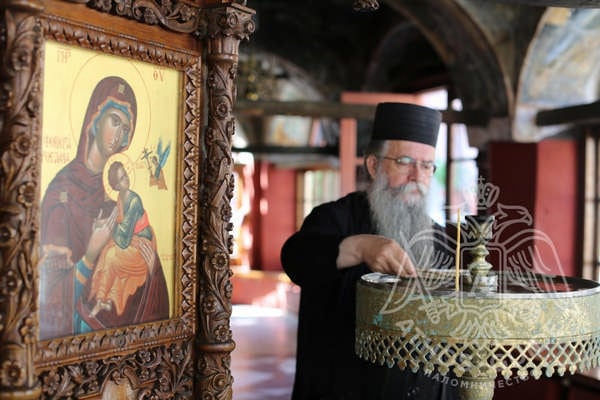History and present days
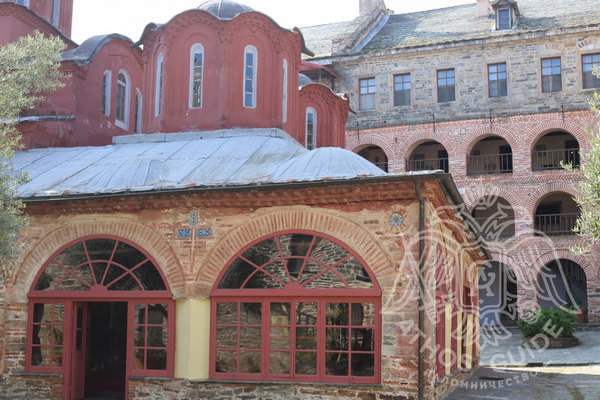 From the Protaton, we follow the road that begins in the middle of the southern side. Passing in front of the Police Station, the restaurant and the bakery, after crossing a small stone bridge, we reach within five minutes the Monastery of Koutloumousiou. To the left of the entrance gate, there is the Chapel of Saint Nicholas, which is identified with the ancient little church of Makris. It is now used as a cemetery church.
From the Protaton, we follow the road that begins in the middle of the southern side. Passing in front of the Police Station, the restaurant and the bakery, after crossing a small stone bridge, we reach within five minutes the Monastery of Koutloumousiou. To the left of the entrance gate, there is the Chapel of Saint Nicholas, which is identified with the ancient little church of Makris. It is now used as a cemetery church.
History
The monastery appears to have existed as early as 988. Tradition attributes its foundation to the Emperor Alexios I Komnenos (1081–1118), who indeed made significant donations. By 1316, the monastery was in 17th place, regarding the hierarchy of the Athonite communities. Another tradition associates its name with the Kutlumus family, which was linked to the Seljuk sultans of Iconium. According to this version, the founder of the monastery was Constantine, the Christianized son of Azeddin II.
The monastery suffered severe damage from Catalan pirates as well as from the supporters of the Emperor Michael VIII Palaiologos (1261–1282). During those times, many monks were executed by hanging and were buried behind the katholikon. In 1263, the Protos of Mount Athos granted the monastery the little church of Prophet Elijah, and in 1287, the abandoned Monastery of Stavronikita. In 1369, the Serbian ruler John Uglješa purchased estates in the region of Serres from the Monastery of Pantokratoros and donated them to the Monastery of Koutloumousiou, creating a strong spiritual bond between the two monastic communities.
The monastery flourished particularly under the leadership of the abbot Chariton from Imbros, to the extent that it became known as the "Monastery of Chariton." He sought financial support from the rulers of Wallachia, Alexander Basarab and John Vladislav, who became the new benefactors of the monastery. Vladislav exerted pressure for the monastery to be converted into an idiorrhythmic community, in order to facilitate the settlement of Wallachian-Romanian monks.
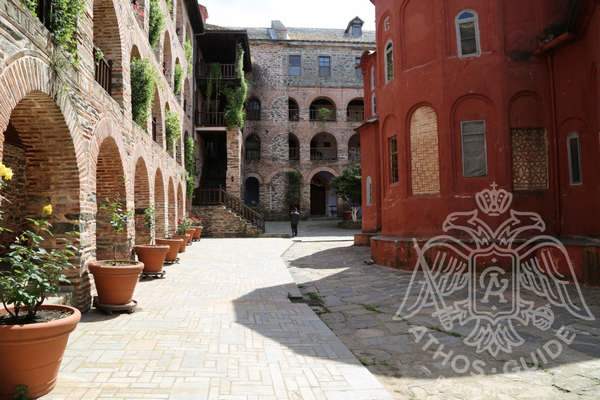
Abbot Chariton was forced to comply but ensured that the monastery would remain Greek. In 1372, he was ordained Metropolitan of Wallachia by the Ecumenical Patriarch Philotheos Kokkinos, while still fulfilling his duties as abbot. His successor, the Wallachian abbot Melchisedek, was later captured by the Ottomans. In 1393, the monastery was declared patriarchal.
Its period of prosperity was interrupted by a fire in 1497. However, donations from the rulers of the Danubian Principalities aided its recovery. Since 1574, the monastery has ranked 6th in the hierarchy. However, a devastating fire in 1767 caused significant damage. The reconstruction and restoration of the monastery were undertaken by the former patriarch of Alexandria, Matthew III, who settled there after resigning from the patriarchal throne.
In 1856, Russian authorities unsuccessfully attempted to implement a plan to turn the monastery into a Russian community. In the same year, at the request of the monks to the Ecumenical Patriarchate, the monastery returned to the cenobitic system. In the 1970s, it was repopulated by a new brotherhood under the leadership of archimandrite Christodoulos. Today, it houses approximately 30 monks, while another 40 reside in its dependencies.
Apart from the abbot Chariton and the patriarch Matthew III, the monastery was also home to the monk Bartholomew from Imbros (late 18th century), a scholar and editor of liturgical texts. The martyr Saint Cyprian the New (†1679, Constantinople) lived in the Cell of Saint George. The monastery also housed the new martyrs Saint Luke of Mytilene (†1802, Mytilene) and Saint Euthymios of Iviron (†1815, Constantinople). Saint Gerasimos (†1812, Constantinople) resided in a hut in the Skete of Saint Panteleimon. The renowned modern Athonite elder, Saint Paisios (†1995), a spiritual disciple of Saint Arsenios the Cappadocian (†1923), spent the last years of his life in the Panagouda Cell of the monastery.

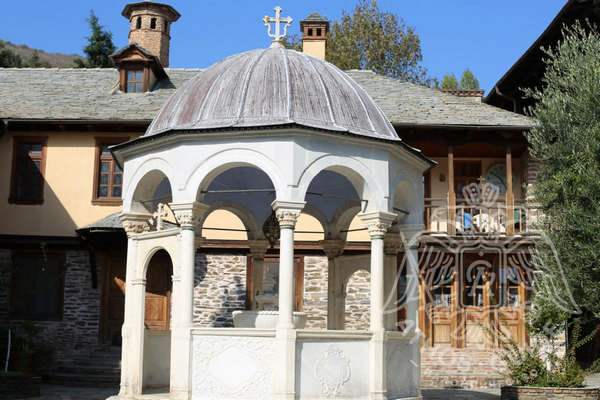
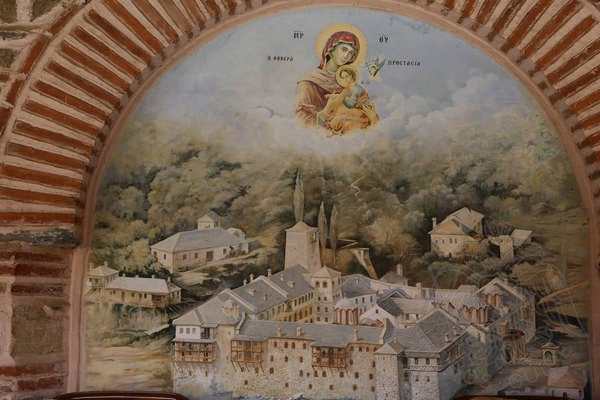
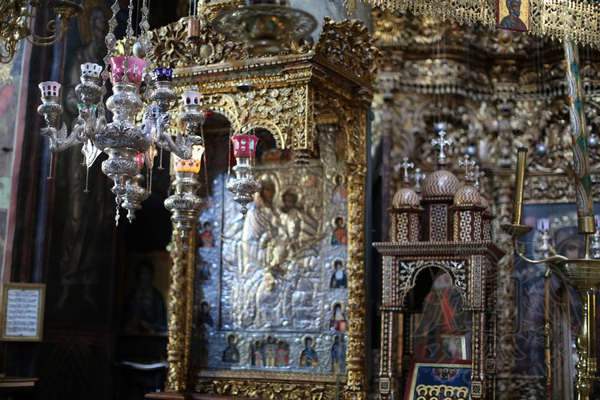 .
.